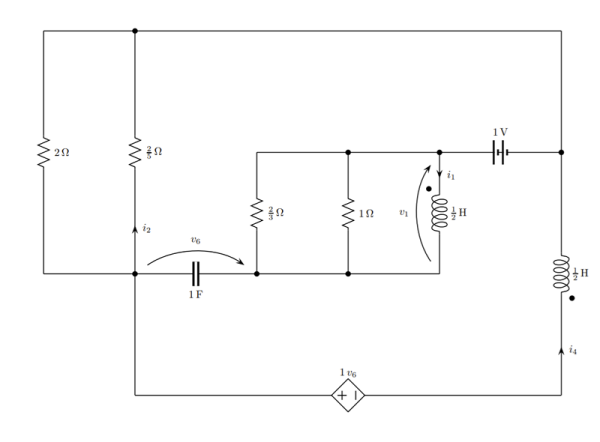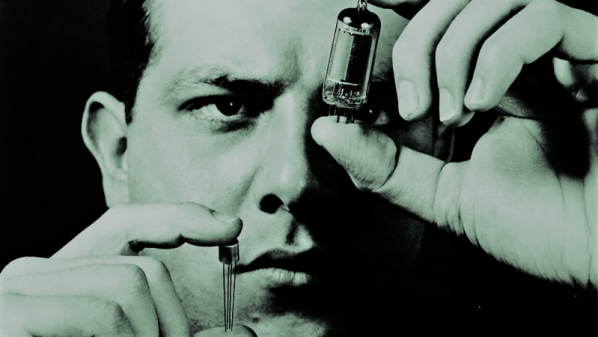Consider the plight of a mid-career or even freshly minted electrical engineer in 1960. He or she was perched precariously between two worlds – the proven, practical, and well-supported world of vacuum tube electronics, and the exciting, new but as yet unproven world of the transistor. The solid-state devices had only started making inroads into electronic products relatively recently, and mass production techniques were starting to drive the cost per unit down enough to start including them in your designs. But, your company has a long history with hot glass and no experience with flecks of silicon. What to do?
To answer that question, you might have turned to this helpful guide, “Tubes and Transistors: A Comparative Guide” (PDF link). The fancy booklet, with a great graphic design that our own [Joe Kim] would absolutely love, was the product of the Electron Tube Information Council, an apparently defunct group representing the interests of the vacuum tube manufacturers. Just reading the introduction of this propaganda piece reveals just how worried companies like RCA, General Electric, and Westinghouse must have been as the 1950s turned into the 1960s. The booklet was clearly aimed directly at engineers and sought to persuade them of the vacuum tube’s continued relevance and long-term viability. They helpfully explain that tubes are a reliable, proven technology that had powered decades of designs, and that innovations such as heaterless cathodes and miniaturization were just around the corner. Transistors, we’re told, suffer from “spread of characteristics” that correctly describes the state of materials engineering of silicon and germanium at the time, a thornier problem than dealing with glass and wires but that they had to know would be solved within a few years.
With cherry-picked facts and figures, the booklet makes what was probably in 1960 a persuasive case for sticking with tubes. But the Electron Tube Information Council was fighting a losing battle, and within a decade of swamping engineers with this book, the industry had largely shifted to the transistor. Careers were disrupted, jobs disappeared, and fortunes were lost, but the industry pressed forward as it always does. Still, it’s understandable why they tried so hard to stem the tide with a book like this. The whole PDF is worth a look, and we’d love to have a hard copy just for nostalgia’s sake.
Thanks to [David Gustafik] for the tip.














